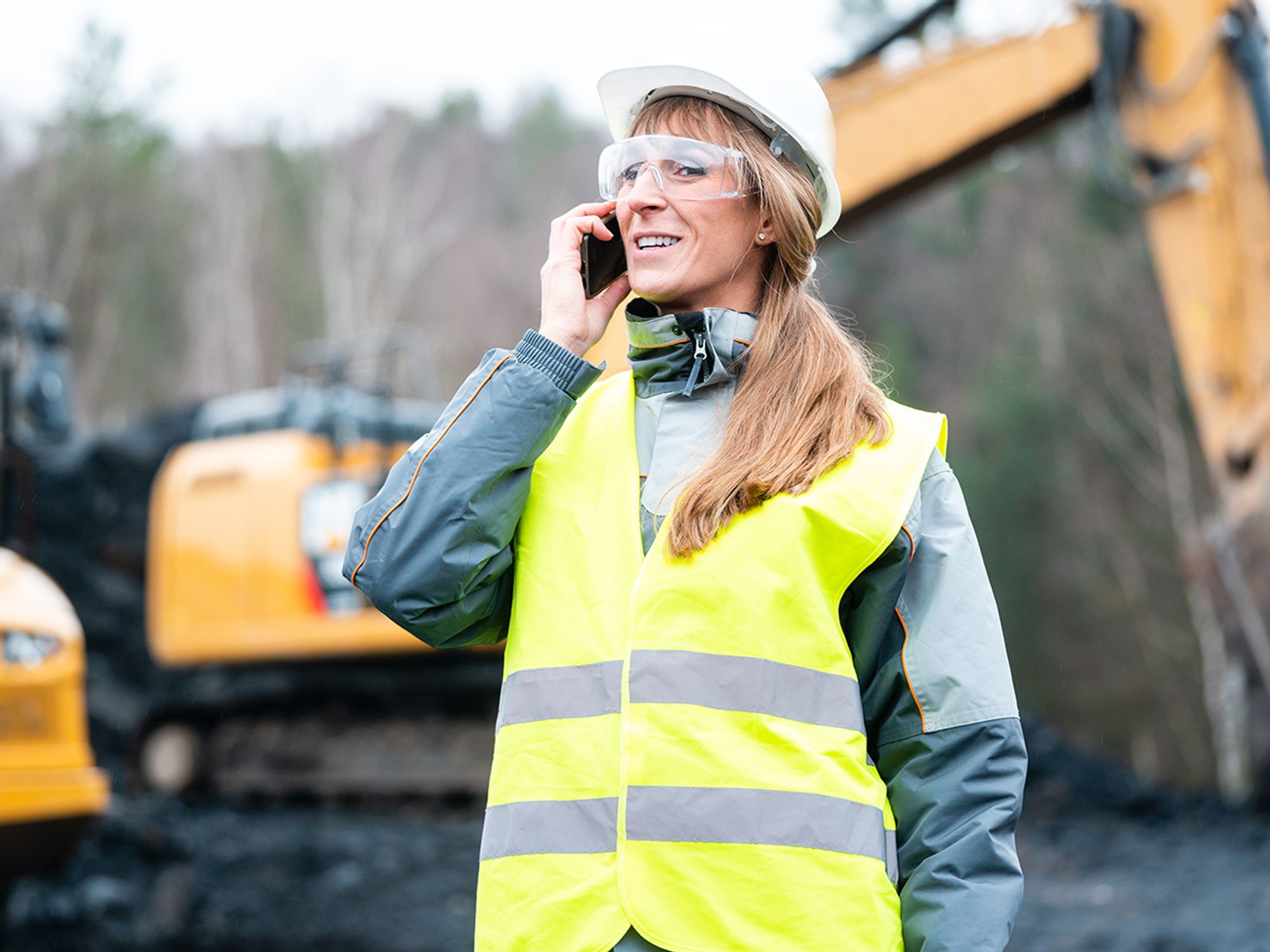Preplan the excavation work

- Learning as much as possible about a jobsite before preparing a bid and having OSHA-compliant materials on hand contribute to successful excavation operations.
- Employers should share the details of safety and health programs with employees and stress how crucial it is for workers to keep the jobsite safe.
No matter how many trenching, shoring, and backfilling jobs one has done in the past, it’s important to approach each new job with the utmost care and preparation. Many on-the-job accidents result directly from inadequate initial planning. Waiting until after the work has started to correct mistakes in shoring or sloping slows down the operation, adds to the cost, and increases the possibility of a cave-in or other excavation failure.
Consider safety factors when bidding on a job
Before preparing a bid, an employer should know as much as possible about the jobsite and the materials necessary to perform work safely and in compliance with Occupational Safety and Health Administration (OSHA) standards. A safety checklist may prove helpful when considering specific site conditions such as:
- Traffic,
- Proximity and physical conditions of nearby structures,
- Soil,
- Surface and groundwater,
- Location of the water table,
- Overhead and underground utilities, and
- Weather.
These and other conditions can be determined through jobsite studies, observations, test borings for soil type or conditions, and consultations with local officials and utility companies. This information will help to determine the amount, kind, and cost of safety equipment needed to perform the work in the safest manner possible.
Avoid hitting underground utility lines and pipes
Before starting work, the OSHA standard requires employers planning an excavation to:
- Determine the approximate location of utility installations — sewer, telephone, fuel, electric, and water lines, or any other underground installations.
- Contact the utility companies or owners involved to inform them of the proposed work within established or customary local response times.
- Ask the utility companies or owners to find the exact location of underground installations. If they cannot respond within 24 hours (unless the period required by state or local law is longer) or cannot find the exact location of the utility installations, the excavation may proceed with caution.
If excavation work exposes underground installations, OSHA regulations require these installations to be protected, properly supported, or removed.
Communicate with workers before project starts
Share safety and health program details with employees and stress the critical role expected of them to keep the jobsite safe. Emphasize specific rules to help reduce the risk of on-the-job injuries. These rules may include requirements that workers:
- Remove or minimize all surface obstacles at the worksite that may create a hazard,
- Wear employer-provided warning vests or other reflective or high-visibility garments when they are exposed to vehicular traffic,
- Wear or use prescribed protective gear and equipment correctly,
- Operate equipment only if they have been trained properly in its use and alerted to its potential hazards, and
- Follow safe work practices.
It also is important to establish and maintain a safety and health management system for the worksite that provides adequate systematic policies, procedures, and practices to protect employees from, and allow them to recognize, job-related safety and health hazards.
